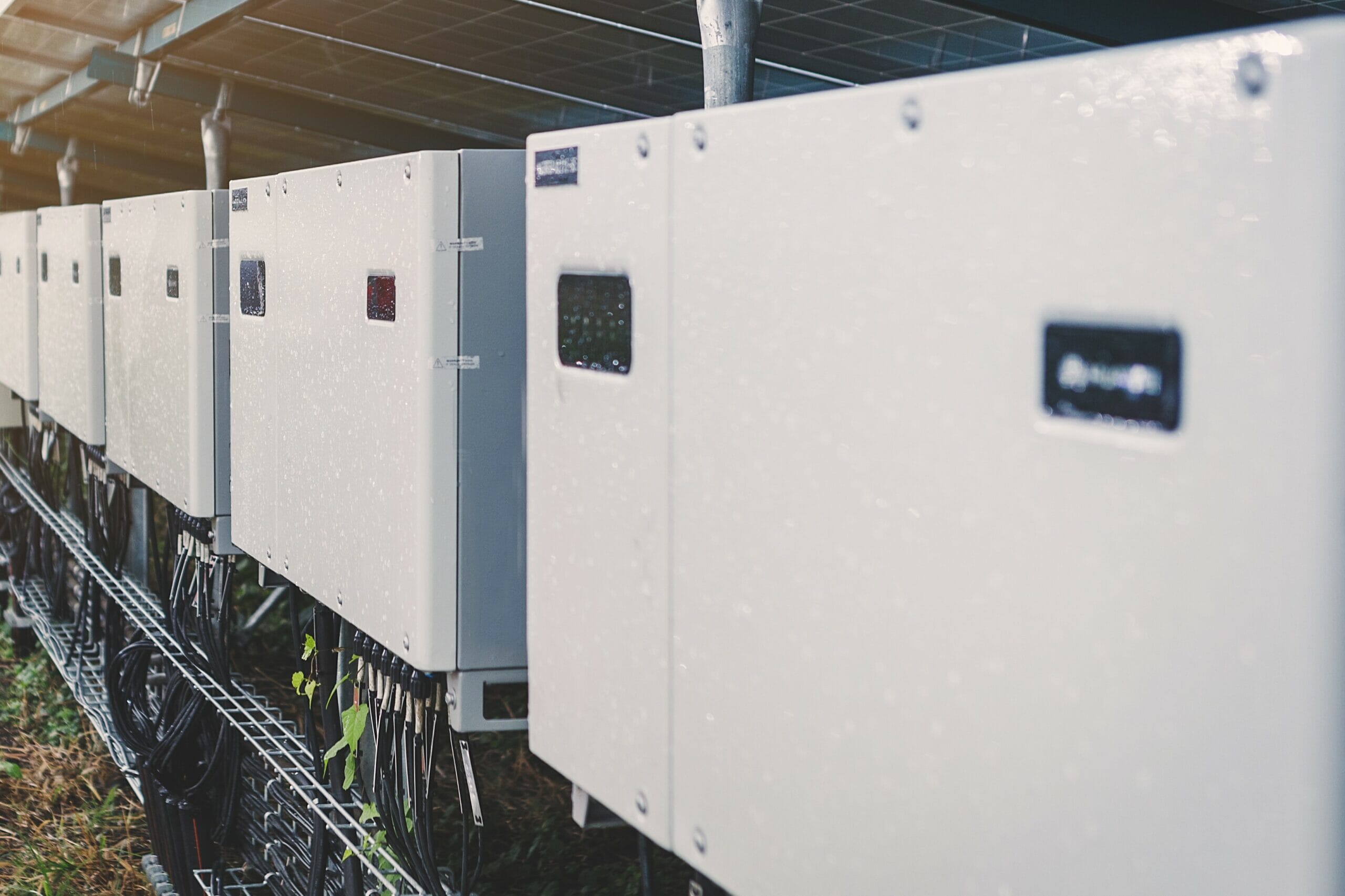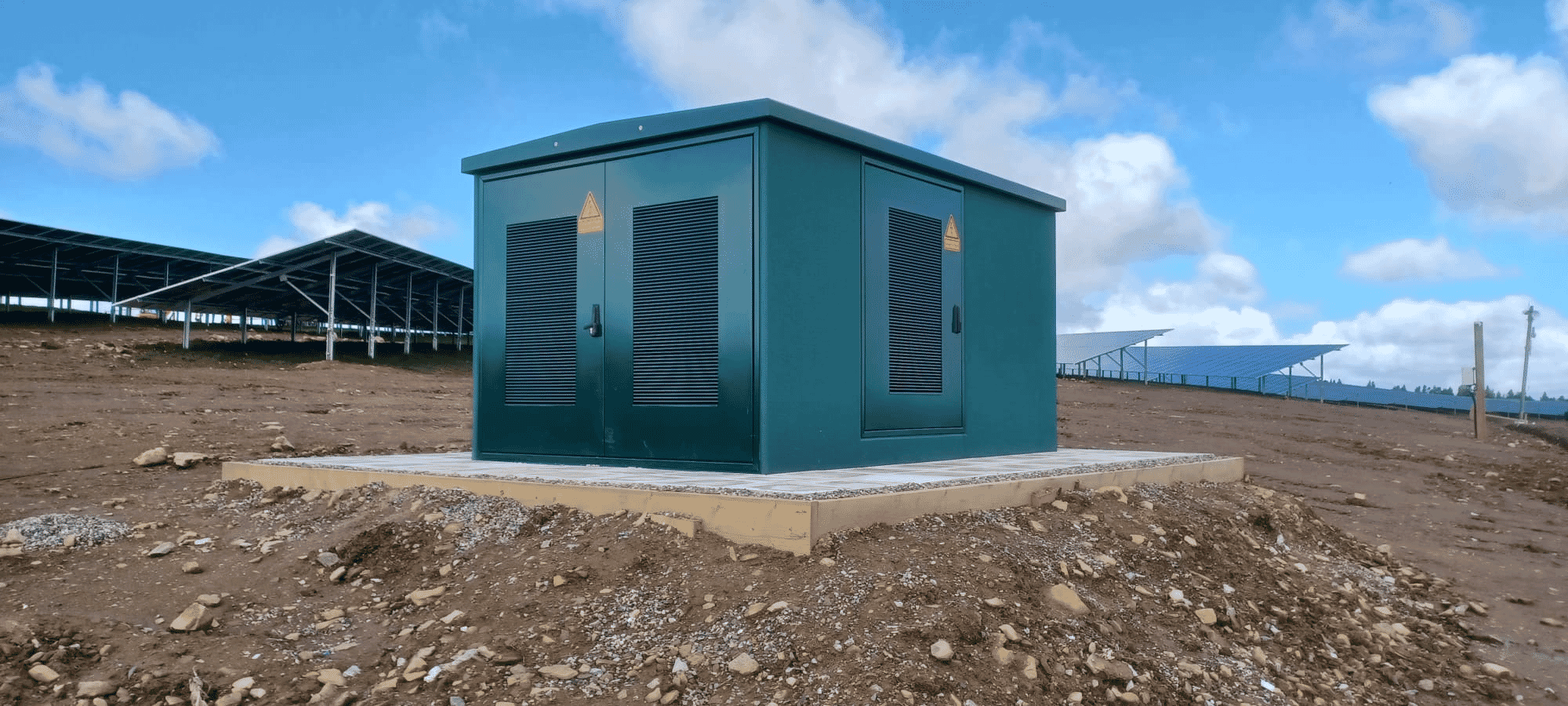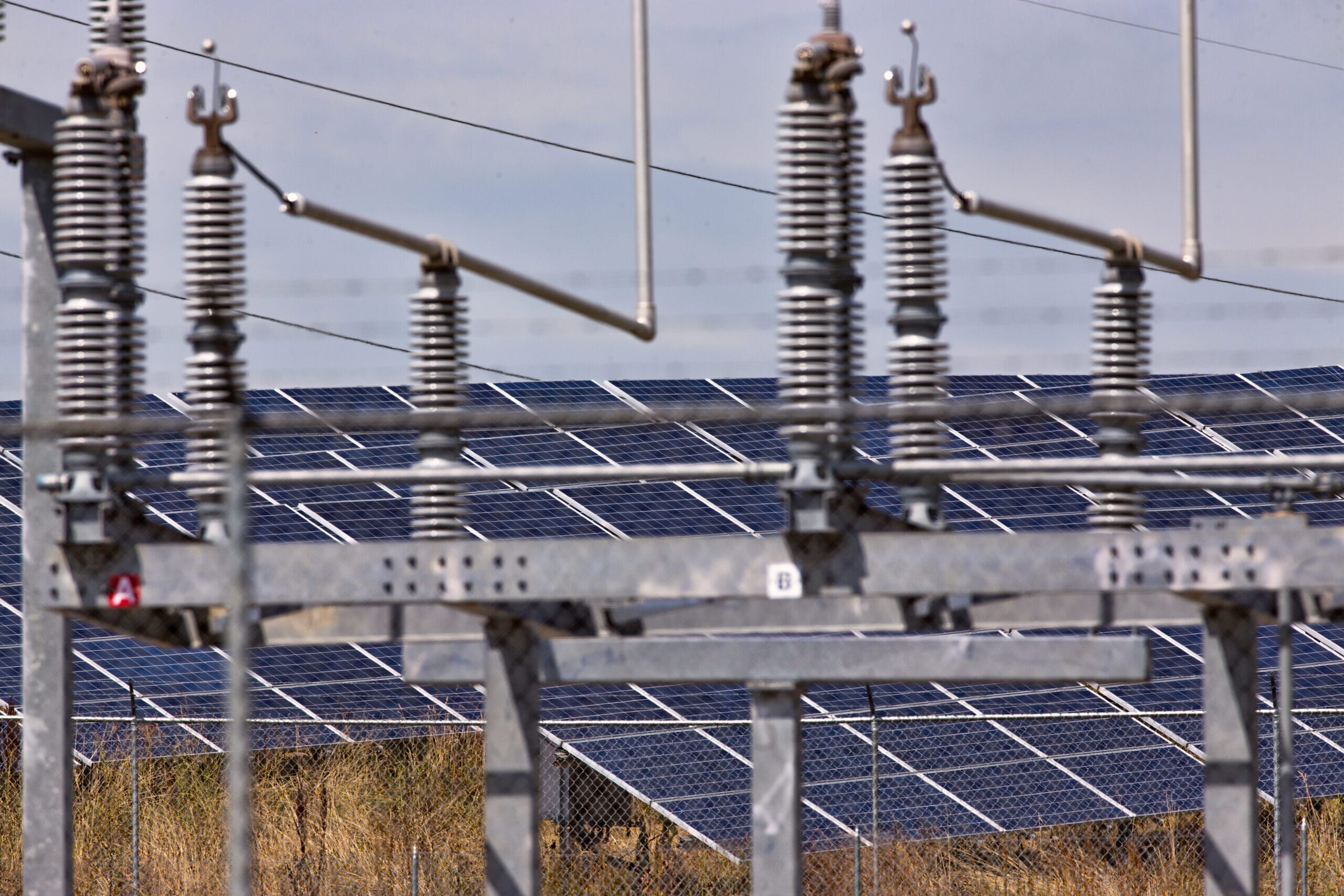A range of specialist consultants have undertaken surveys to be submitted with the planning application in order to aid in the design process and ensure the site is appropriate for solar development.
Landscape & Visual: The site extends across three very large fields, well screened within an extensive network of bounding hedges and woodland. A Landscape and Visual Impact Assessment (LVIA) is currently underway.
Land Quality: An assessment of the soil quality has been conducted. It’s expected that the land will be taken out of intense agricultural production and be able to rest whilst the solar farm is in place. There should be no long term affect to soil quality as a result of the solar farm construction and overall soil health will improve over the operational lifetime.
Cultural Heritage and Archaeology: No designated heritage assets are located within the proposed development. The assessment includes listed buildings and historic built form. A geophysical survey of the site has identified few archaeology features and this has been further verified by a targeted trial trenching campaign.
Ecology: Typical farmland species have been observed. Ecological enhancement measures will encourage wildlife within the site. The hedgerow network will be retained and reinforced, and the site seeded as grassland to prevent further soil erosion.
Hydrology: The site is located in flood zone 1 which is the lowest risk zone from river flooding. Surface water present within the area is also deemed as low risk. Therefore it has been concluded the development is appropriate for the areas flood risk classification.
Noise: An assessment into the noise effects from the solar farm has found there to be no noise related issues with no observed effects.
Glint and Glare: A survey has been commissioned and shown there to be no effects of glint and glare on any nearby receptors.






